10 pts. The midterm assignment is to create a photograph that addresses a social issue by quoting a famous painting or photograph, inspired by Gordon Parks’ American Gothic.
1 pt. Write a post of 300 words on OpenLab that answers the following questions:
- In your opinion, what is a social issue that doesn’t get enough attention? It can be any issue you care about and that is relevant to your life. State the issue and three reasons it is important. Include one link to an article or web resource that gives background information about the issue you selected.
2. Then select a famous painting or photograph that you will quote to make the statement of your final image clear and meaningful to your audience.
- What image did you select?
- Why did you select that image?
- What aspects of the image will you quote?
- How will it enhance your message?
Use the category: Midterm Project Statement
Then shoot a minimum of 20 images to explore your idea.
Post these to an album on Flickr.
Project Deliverables
Week 1 – Due October 12th
- Midterm Project Statement
- an album of a minimum of 20 images that show your exploration of your idea. You might try to quote different images, experiment with different locations, models, props, ways of shooting including angle of view, depth of field, motion, lighting to explore your idea.
Week 2 – Due October 19th
- Pick a one direction. Explore it further. Post an album on Flickr of a minimum of 20 images that shows your thought process and how you got to your final image. For each image add a caption that explains what you did.
Here is an example from my own work.
I shot 217 frames to get to the final image.
- I started with an image in my mind of a line of glasses of orange juice broken by a glass with Windex.
- The line of equal sized glasses was boring so I started to move the glasses so that they were at varying distances from the camera.
- I realized the orange juice while an appealing complimentary color as distracting.
- I had this accident with a piece of red paper and I realized holding a piece of paper above the scene could reflect that color into it.
- I placed a blue paper on one side to get the blue to reflect on the left side of the photo. this represents how the chemicals do not stay in their container.
- I added blue paper to the other side.
- I moved things around to reduce extraneous reflections and checked the focus.
Due Oct 26th
- a short presentation of the image you are quoting and your final image. Be prepared to show the original image and your final image. You can do this by putting them in one file or Lightroom Classic or Bridge. Your presentation should include:
a. Some background on your issue
b. Why you chose the reference image you did
c. Anything interesting about your process
d. The meaning and success of your final image
Project Rubric
Examples
American Gothic
Mona Lisa
Will.i.am Mona Lisa – music video on youtube
Creation of Adam from the Sistine Chapel
The Son of Man
Resources
https://www.cnn.com/style/article/most-famous-paintings/index.html
https://www.digitalphotomentor.com/20-most-famous-photographs/
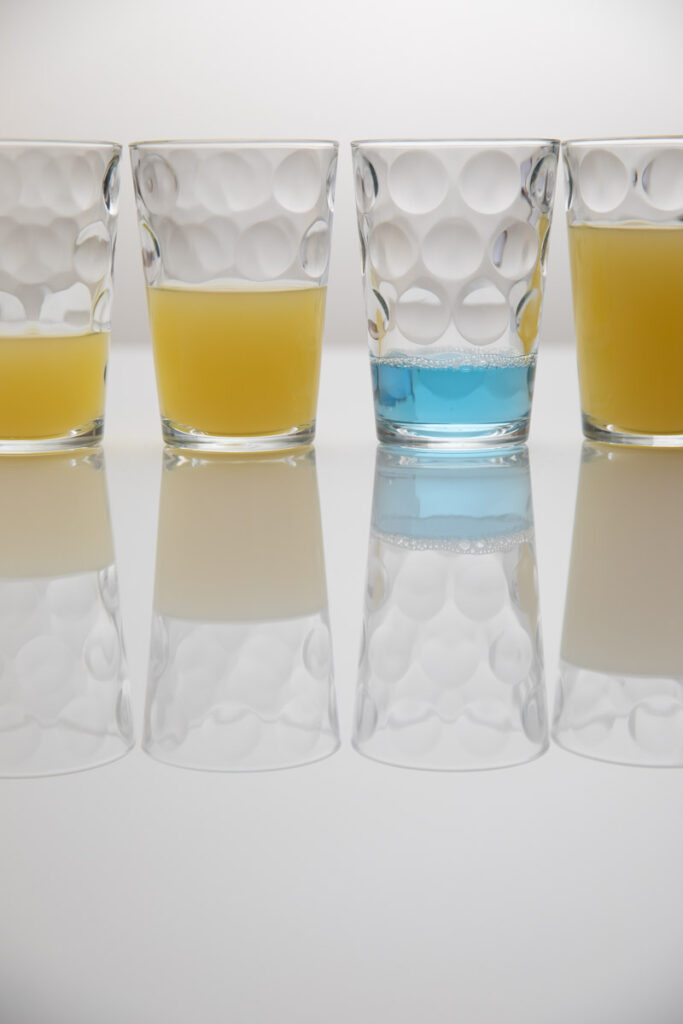
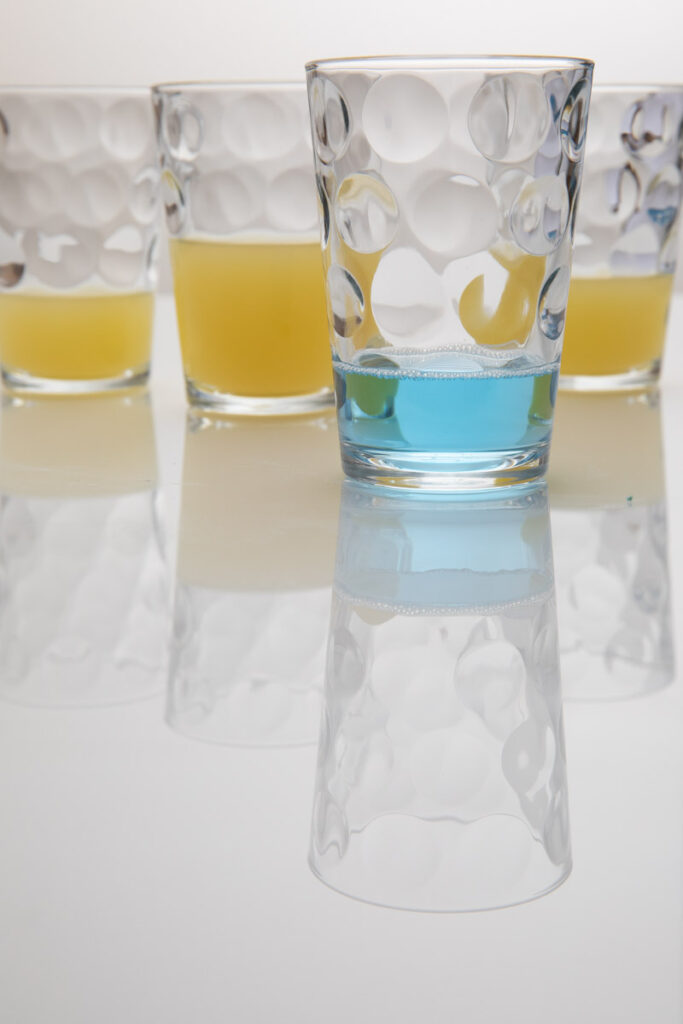

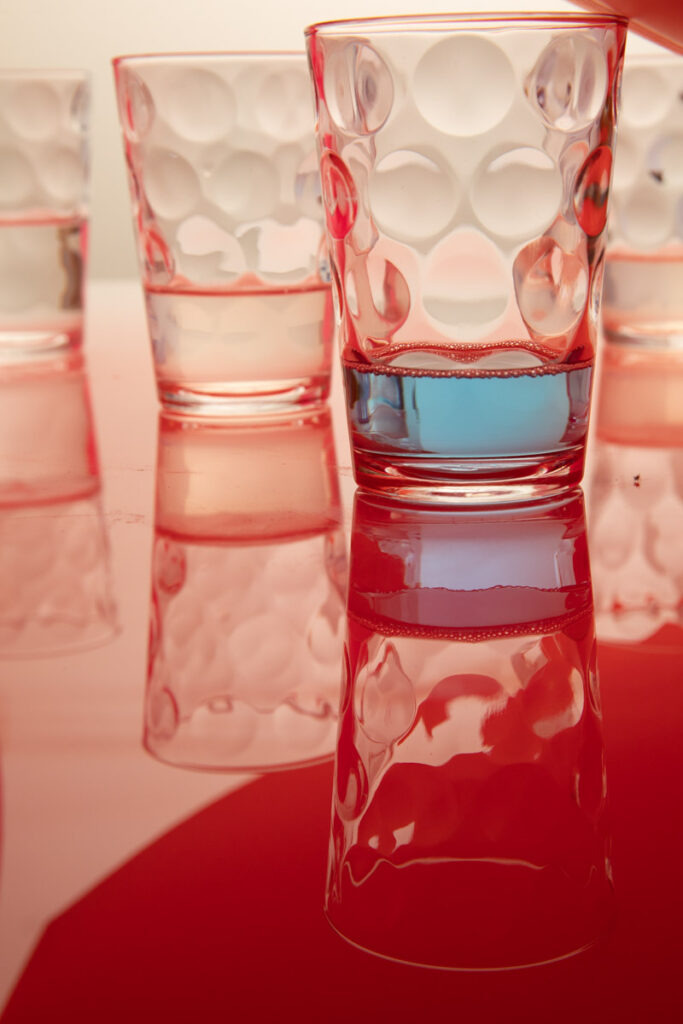



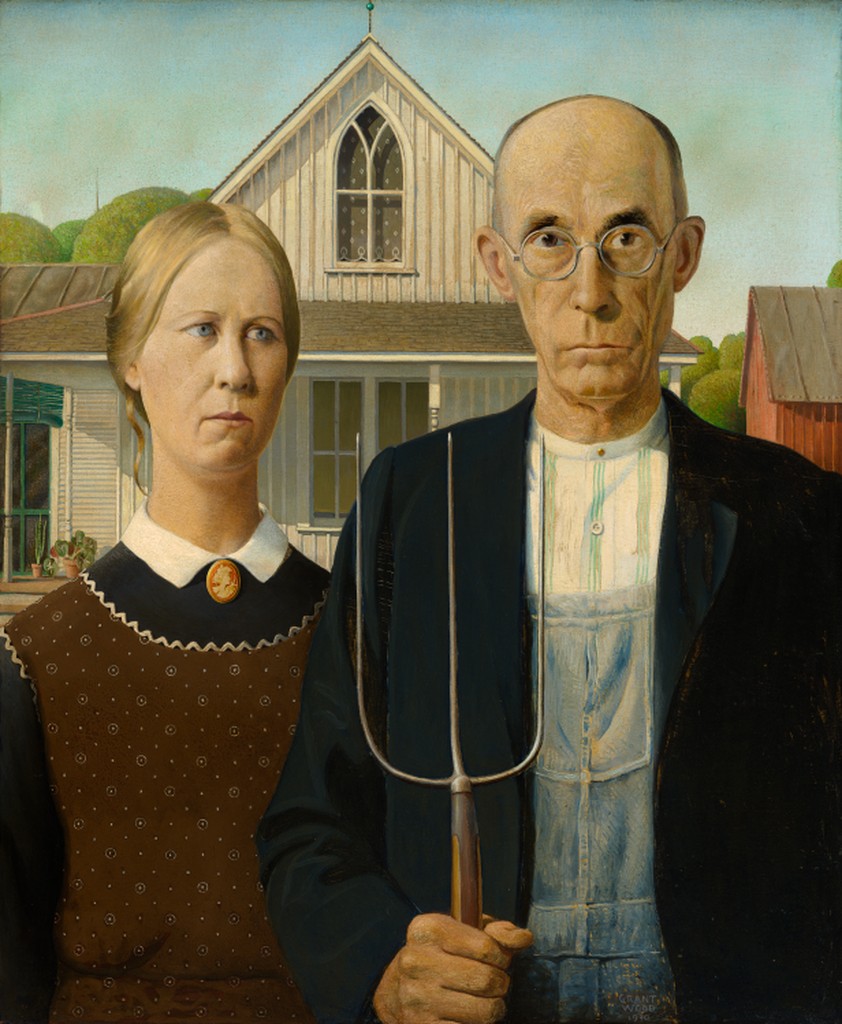

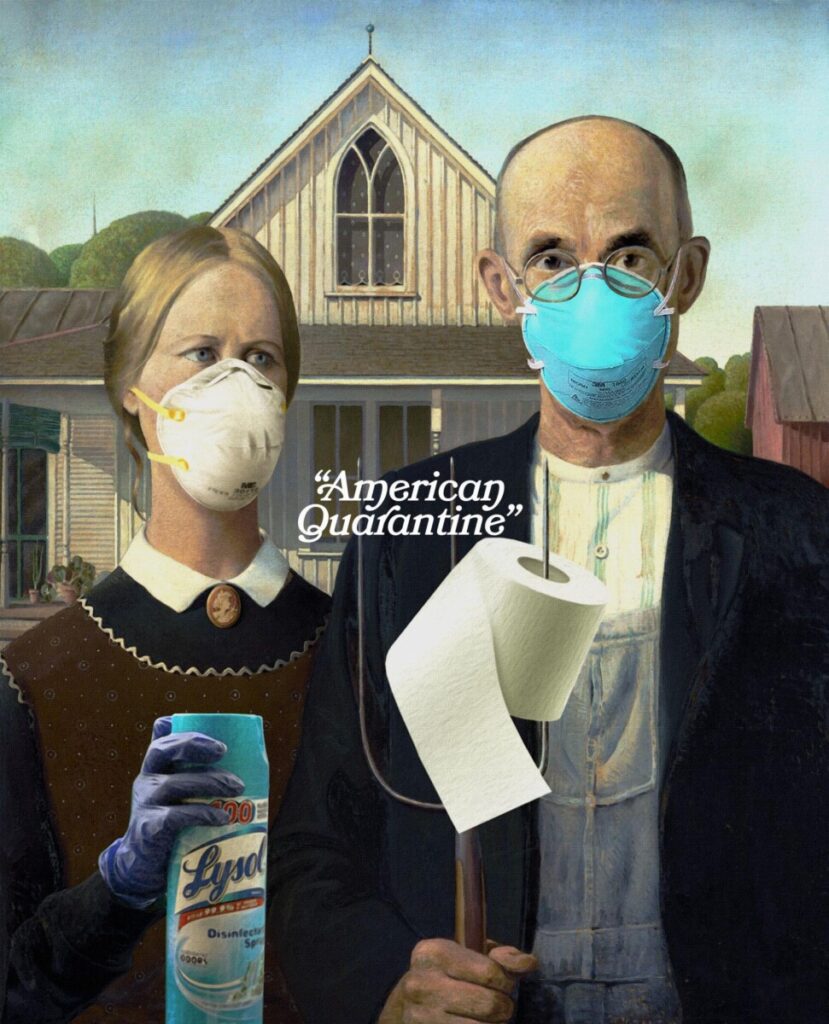
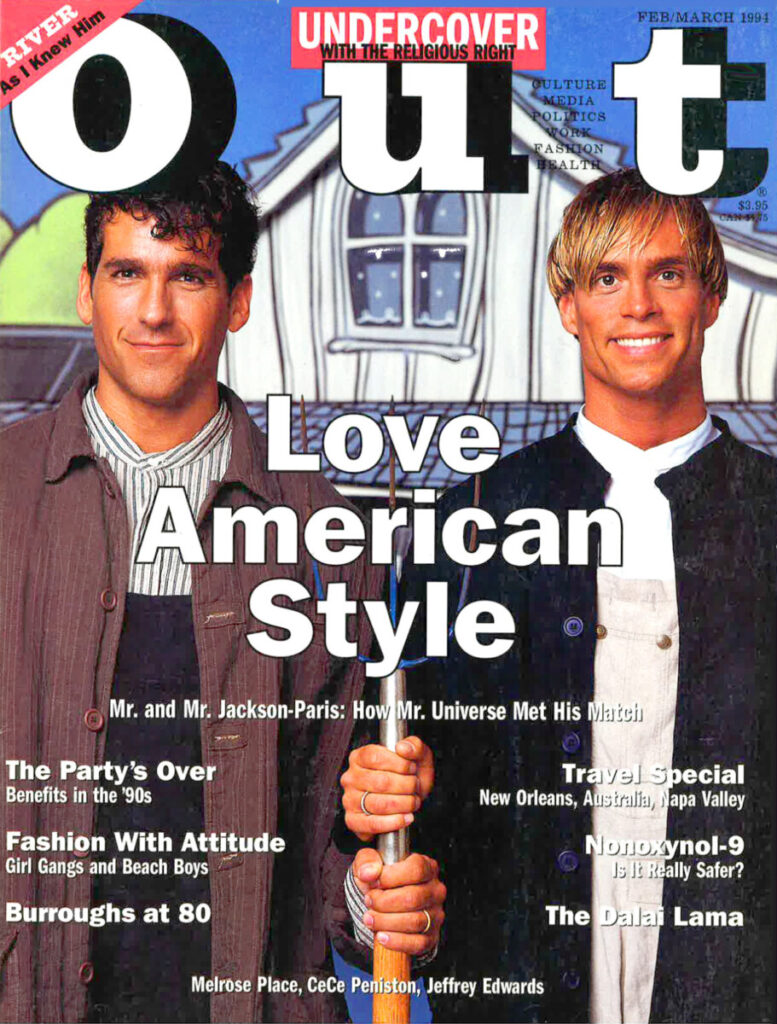



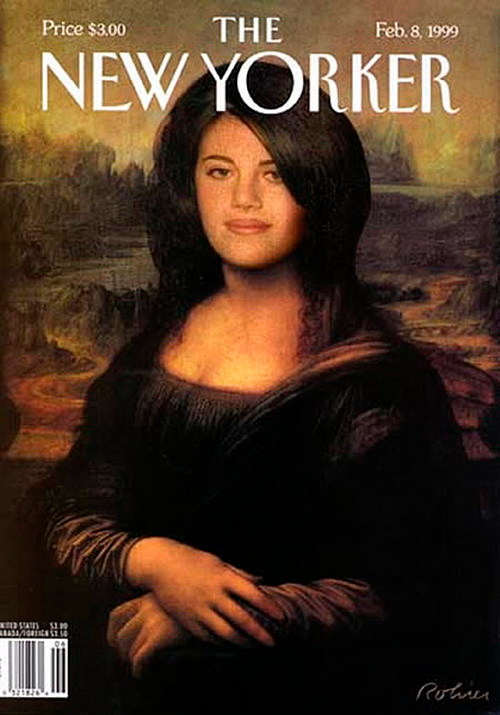
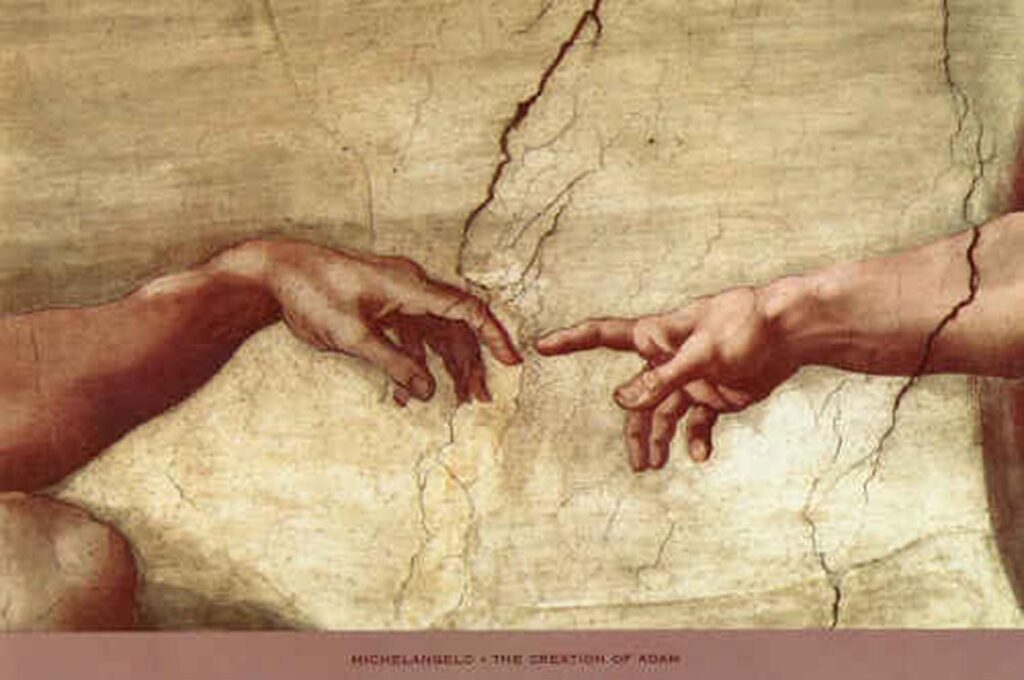
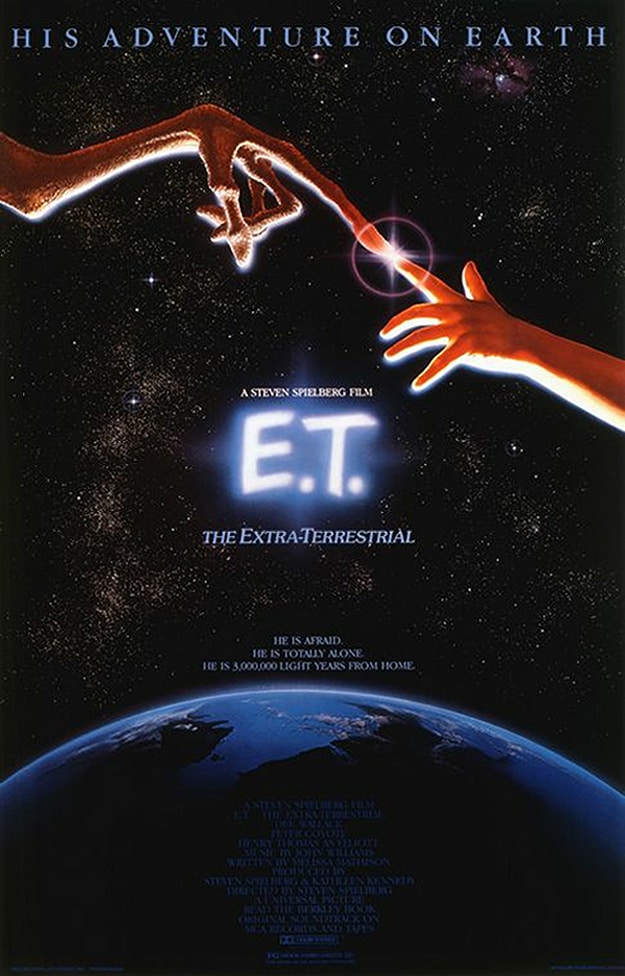
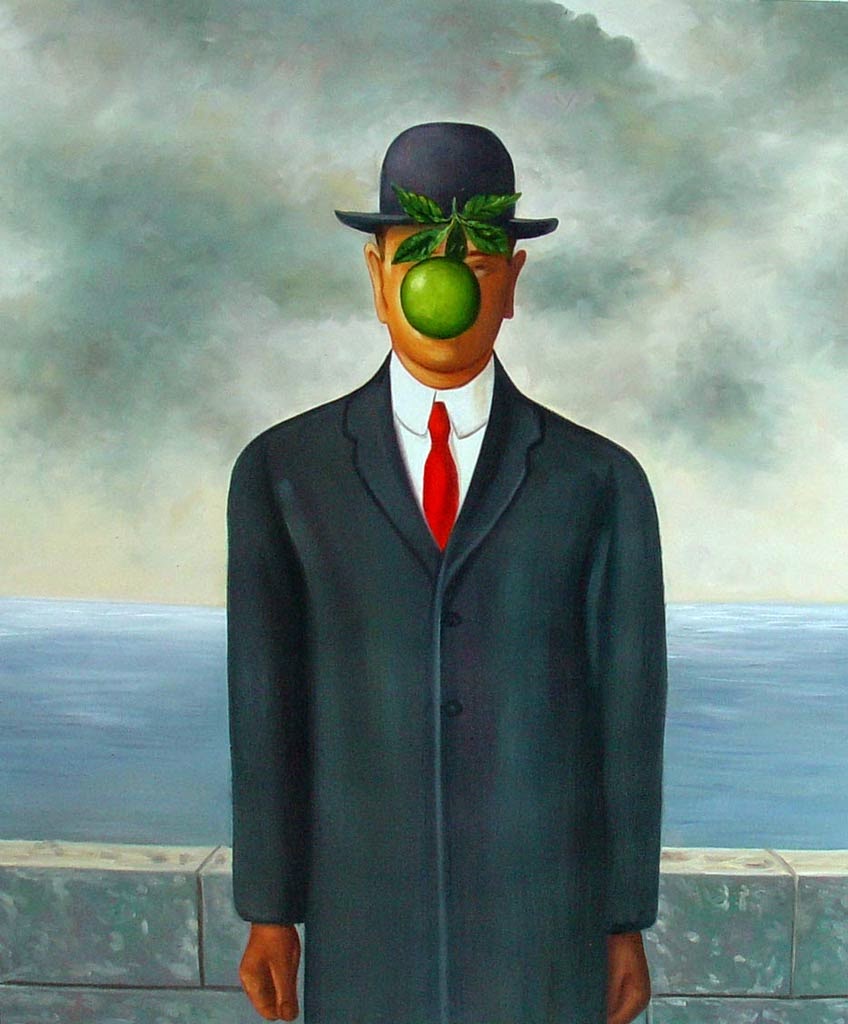
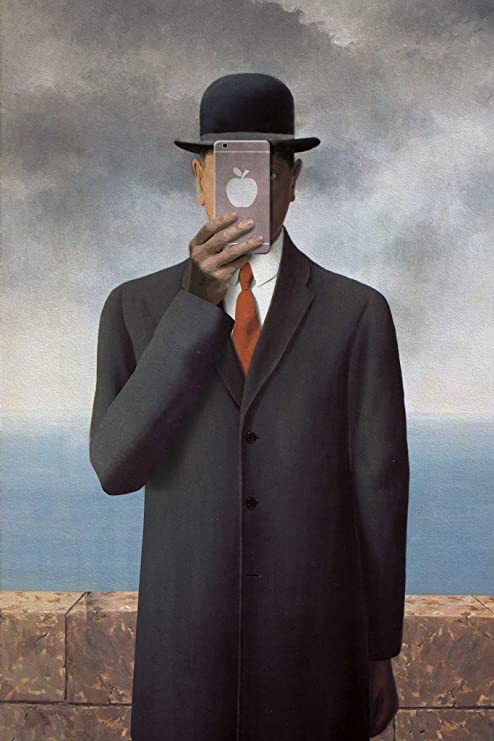
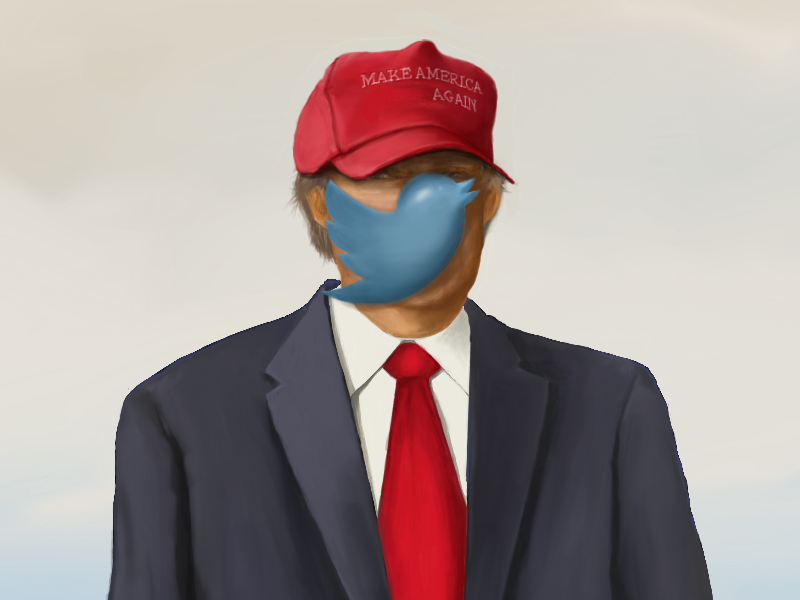


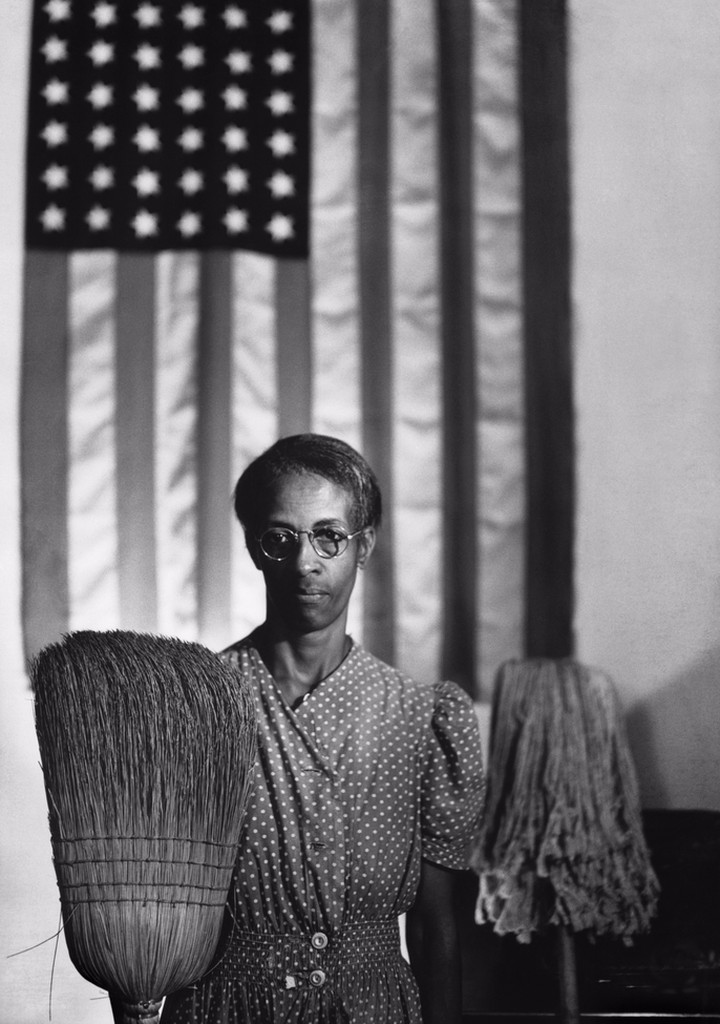
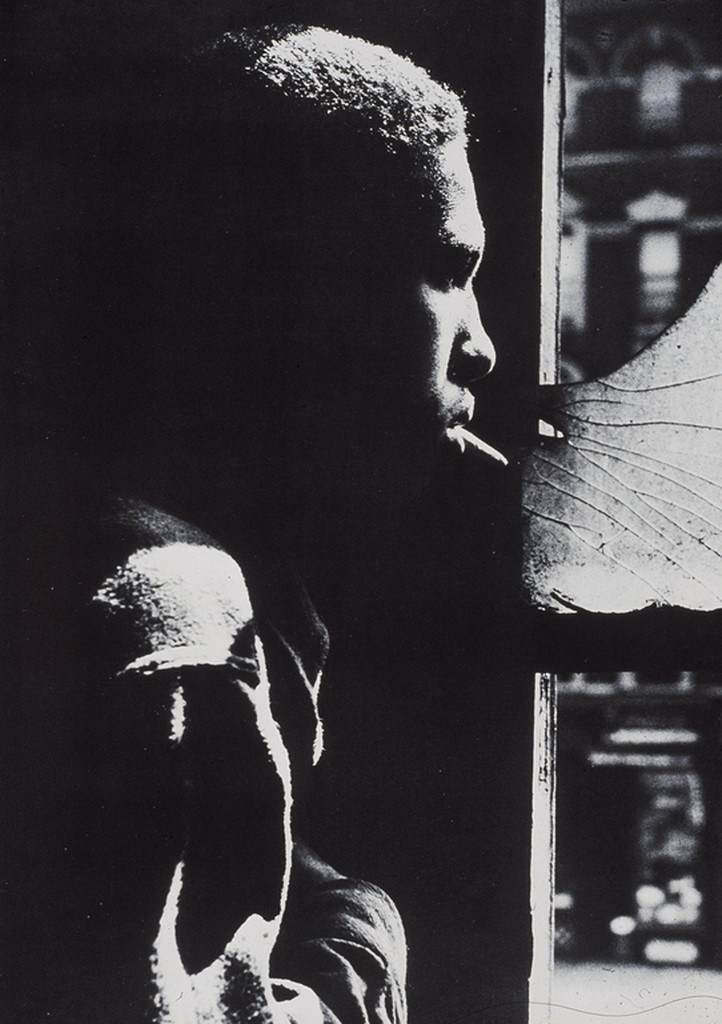

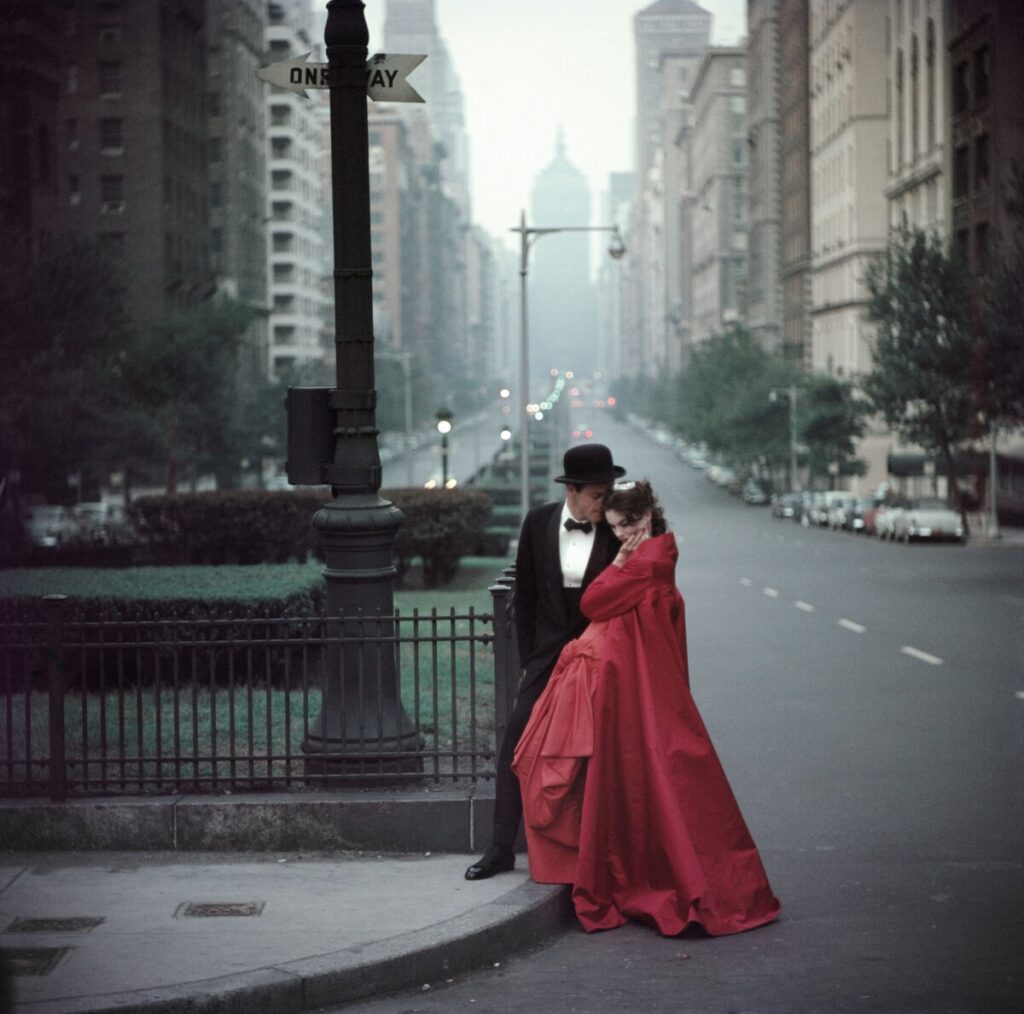
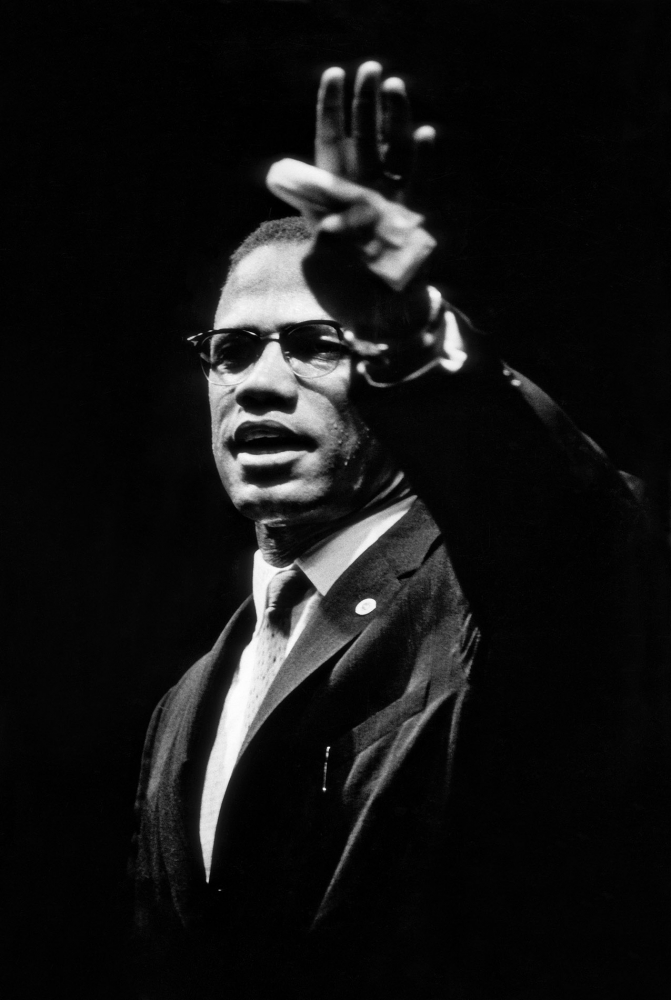




Recent Comments